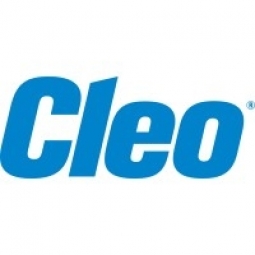公司规模
Large Corporate
地区
- America
国家
- United States
产品
- EXTOL Business Integrator (EBI)
技术栈
- B2B platform
实施规模
- Enterprise-wide Deployment
影响指标
- Productivity Improvements
- Cost Savings
技术
- 平台即服务 (PaaS) - 连接平台
适用行业
- 食品与饮料
适用功能
- 销售与市场营销
- 商业运营
用例
- 供应链可见性(SCV)
- 库存管理
服务
- 系统集成
关于客户
Maines Paper & Food Service, Inc. 是美国领先的食品服务分销商。该公司成立于 1919 年,现已发展成为美国第七大综合产品分销商。Maines 被《福布斯》杂志评为美国 300 强私营企业之一。该公司致力于为客户提供最好的产品和服务,并不断寻找改善运营和满足新客户需求的方法。
挑战
Maines Paper & Food Service, Inc. 是美国第七大综合产品分销商,它面临着巨大的挑战。该公司需要满足新的客户需求,包括快速采用新的业务流程和提高服务水平协议。挑战在于快速且经济高效地实施这些变革。重点是实施一个单一的 B2B 平台,用于 Maines 现有的 IT 团队可以轻松部署和管理的所有内部和外部集成。
解决方案
为了应对这一挑战,Maines Paper & Food Service, Inc. 决定实施 EXTOL Business Integrator (EBI)。EBI 是一个单一的 B2B 平台,可由 Maines 现有的 IT 团队轻松部署和管理。该解决方案非常灵活,可让公司更快地吸引主要新客户。它可以快速满足几乎任何 B2B 需求,使其成为满足公司需求的多功能解决方案。重要的是,实施 EBI 不需要雇用额外的 IT 人员,因此对公司来说这是一种经济高效的解决方案。
运营影响

Case Study missing?
Start adding your own!
Register with your work email and create a new case study profile for your business.
相关案例.

Case Study
The Kellogg Company
Kellogg keeps a close eye on its trade spend, analyzing large volumes of data and running complex simulations to predict which promotional activities will be the most effective. Kellogg needed to decrease the trade spend but its traditional relational database on premises could not keep up with the pace of demand.
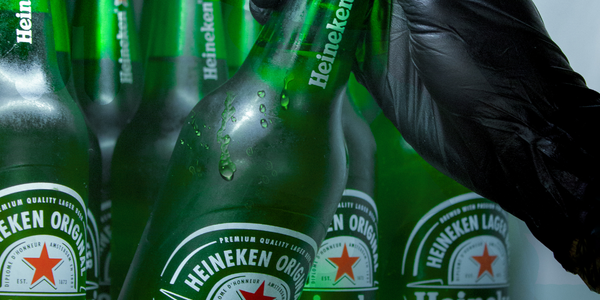
Case Study
HEINEKEN Uses the Cloud to Reach 10.5 Million Consumers
For 2012 campaign, the Bond promotion, it planned to launch the campaign at the same time everywhere on the planet. That created unprecedented challenges for HEINEKEN—nowhere more so than in its technology operation. The primary digital content for the campaign was a 100-megabyte movie that had to play flawlessly for millions of viewers worldwide. After all, Bond never fails. No one was going to tolerate a technology failure that might bruise his brand.Previously, HEINEKEN had supported digital media at its outsourced datacenter. But that datacenter lacked the computing resources HEINEKEN needed, and building them—especially to support peak traffic that would total millions of simultaneous hits—would have been both time-consuming and expensive. Nor would it have provided the geographic reach that HEINEKEN needed to minimize latency worldwide.
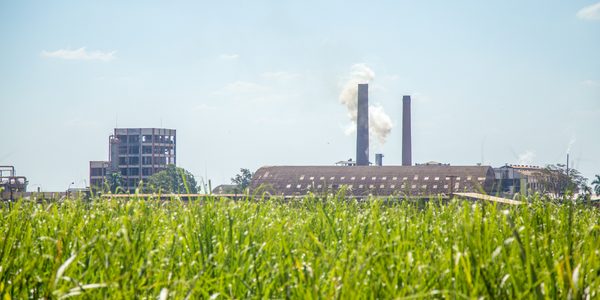
Case Study
Energy Management System at Sugar Industry
The company wanted to use the information from the system to claim under the renewable energy certificate scheme. The benefit to the company under the renewable energy certificates is Rs 75 million a year. To enable the above, an end-to-end solution for load monitoring, consumption monitoring, online data monitoring, automatic meter data acquisition which can be exported to SAP and other applications is required.
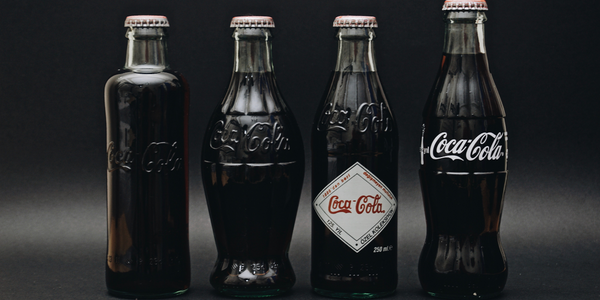
Case Study
Coca Cola Swaziland Conco Case Study
Coco Cola Swaziland, South Africa would like to find a solution that would enable the following results: - Reduce energy consumption by 20% in one year. - Formulate a series of strategic initiatives that would enlist the commitment of corporate management and create employee awareness while helping meet departmental targets and investing in tools that assist with energy management. - Formulate a series of tactical initiatives that would optimize energy usage on the shop floor. These would include charging forklifts and running cold rooms only during off-peak periods, running the dust extractors only during working hours and basing lights and air-conditioning on someone’s presence. - Increase visibility into the factory and other processes. - Enable limited, non-intrusive control functions for certain processes.
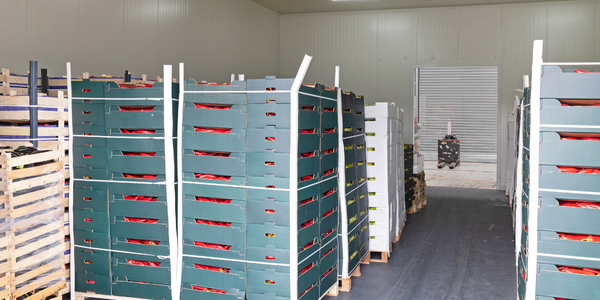
Case Study
Temperature Monitoring for Restaurant Food Storage
When it came to implementing a solution, Mr. Nesbitt had an idea of what functionality that he wanted. Although not mandated by Health Canada, Mr. Nesbitt wanted to ensure quality control issues met the highest possible standards as part of his commitment to top-of-class food services. This wish list included an easy-to use temperature-monitoring system that could provide a visible display of the temperatures of all of his refrigerators and freezers, including historical information so that he could review the performance of his equipment. It also had to provide alert notification (but email alerts and SMS text message alerts) to alert key staff in the event that a cooling system was exceeding pre-set warning limits.
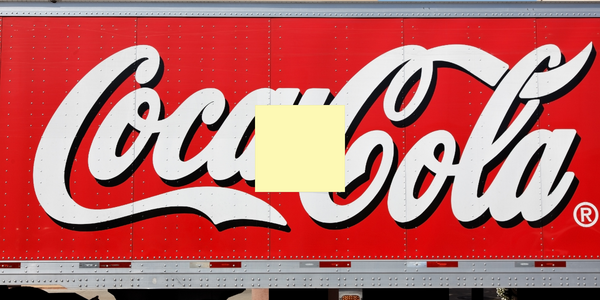
Case Study
Coca-Cola Refreshments, U.S.
Coca-Cola Refreshments owns and manages Coca-Cola branded refrigerators in retail establishments. Legacy systems were used to locate equipment information by logging onto multiple servers which took up to 8 hours to update information on 30-40 units. The company had no overall visibility into equipment status or maintenance history.




